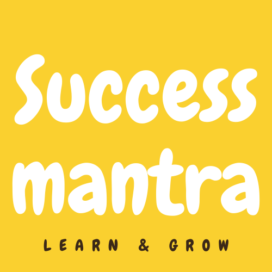Gamification is the use of game elements and design principles in non-gaming contexts to engage and motivate people. When applied to marketing, it can be a powerful strategy to attract and retain customers, increase brand awareness, and drive desired behaviors. Here are some ways to use gamification as a marketing strategy, along with examples:
- Contests and Competitions:
- Example: Pepsi’s “Pepsi Refresh Project” allowed people to submit and vote on ideas for community projects. The ideas with the most votes received funding, turning it into a competition that engaged users and promoted Pepsi’s brand.
- Rewards and Loyalty Programs:
- Example: Starbucks’ “Star Rewards” program offers customers points for each purchase. Customers can level up and receive free drinks or food, encouraging loyalty and repeat purchases.
- Virtual Badges and Achievements:
- Example: Foursquare, a location-based app, offers badges to users when they check in at various locations. This encourages users to explore different venues and share their experiences on social media, promoting the businesses they visit.
- Leaderboards:
- Example: Nike’s running app includes leaderboards that show users how their running performance compares to others in their network. This competitive element encourages users to run more and engage with the app regularly.
- Interactive Quizzes and Challenges:
- Example: Buzzfeed regularly creates interactive quizzes that people can take to discover “which character they are” in a popular TV show or “what type of pizza” they are. These quizzes are fun and shareable, leading to increased website traffic and social media engagement.
- Progress Tracking:
- Example: Duolingo, a language-learning app, keeps users motivated by tracking their daily learning streaks and sending reminders when they miss a day. Users are motivated to maintain their progress, leading to increased engagement.
- Augmented Reality (AR) Games:
- Example: Pokemon GO is a classic example of an AR game that encourages players to physically explore their surroundings to catch virtual creatures. Businesses can use similar AR gamification to attract foot traffic to their stores or locations.
- Mystery and Surprise:
- Example: McDonald’s “Monopoly” promotion features peel-off stickers on products that reveal prizes or discounts. Customers enjoy the surprise element and continue purchasing to collect more stickers.
- Social Sharing:
- Example: Dropbox offers additional storage space to users who refer friends to the platform. This gamified referral system encourages users to invite others and spread the word about Dropbox.
- Scavenger Hunts:
- Example: The New York Times created a digital scavenger hunt in their crossword app to engage readers. Users have to solve puzzles and hunt for clues, keeping them engaged with the newspaper’s content.
- Storytelling and Narrative:
- Example: The “Old Spice Guy” campaign featured a humorous character and storyline across various ads and social media platforms. Viewers were engaged by the ongoing narrative, leading to increased brand awareness and engagement.
- Customization and Personalization:
- Example: Coca-Cola’s “Share a Coke” campaign allowed customers to personalize Coke bottles with their names. This encouraged people to search for their names and share the experience on social media, generating user-generated content and brand promotion.
When implementing gamification in marketing, it’s essential to align the game elements with your brand and objectives, as well as provide meaningful rewards and incentives. Additionally, monitoring and analyzing user engagement and feedback is crucial for refining and optimizing your gamification strategy over time.









